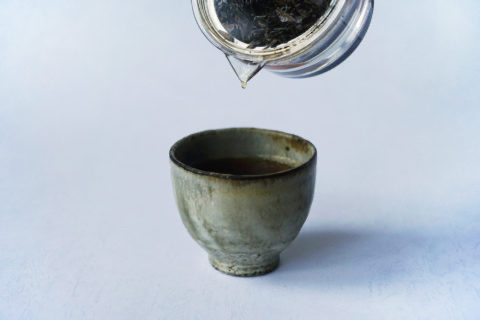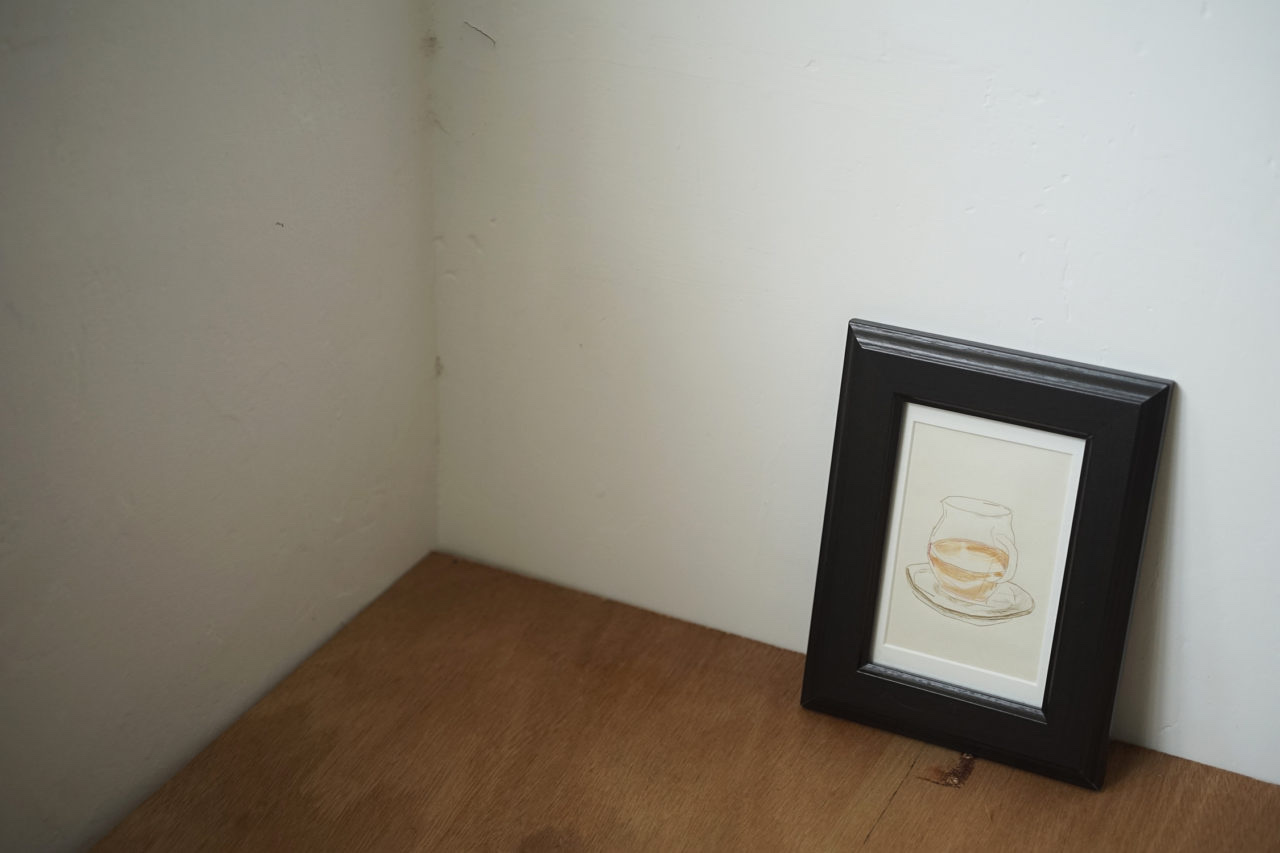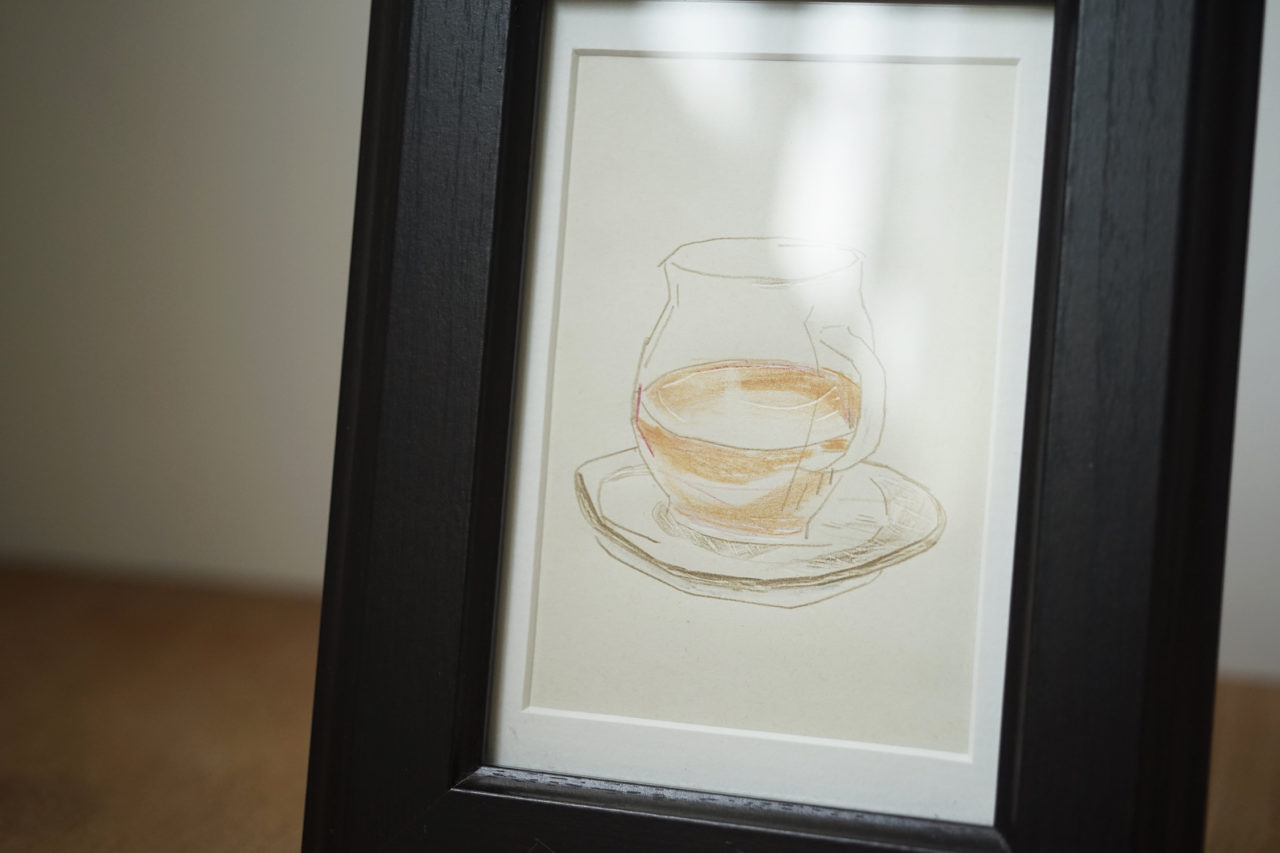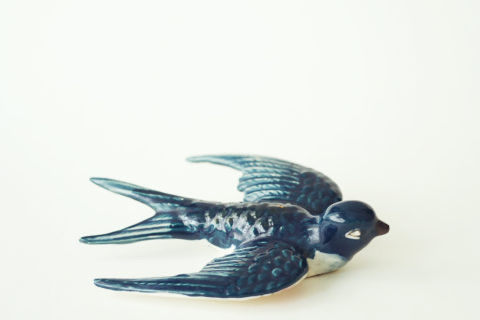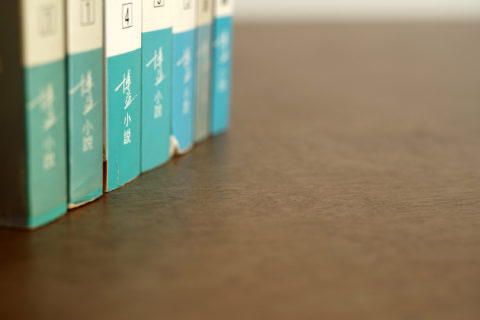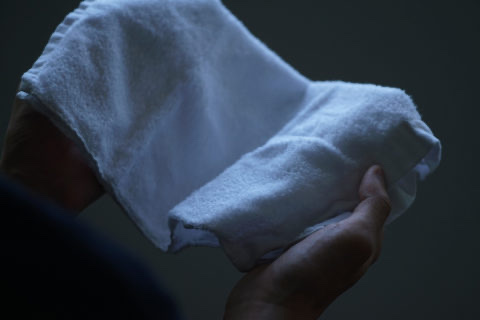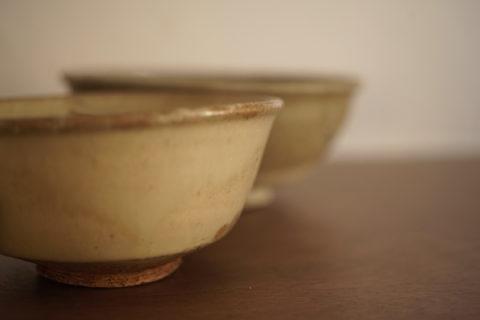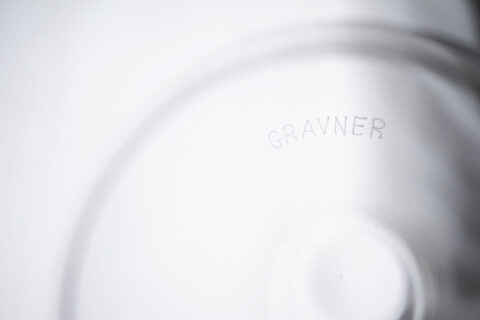為了印製自己心目中的書,我和Furze Chan組成了獨立的出版單位;而她原來的身份是一位插畫家。
到底該怎樣形容Furze所畫的畫呢?該是笨拙吧,畫面總是帶有某種笨笨的感覺,分明是出自一雙沒有畫畫底子的手。
如果是天真爛漫的小孩畫的一些幼嫩的圖畫,有時反而出奇好看,某些地方不禁使人會心微笑:「噢。原來這樣也可以。」每次在街上經過貼滿小朋友畫作的展示板,我都被弄得啼笑皆非,又深感佩服。成年人則畫不來吧,像人的字跡固定了便難以逆轉,畫畫也相似,一般先打基本功,學習透視、比例、構圖,駕輕就熟的線條久而久之演化成一種畫法,卻不知怎的可能失去不師任何法則的光彩。
太嫻熟就太無趣了,或者與其把心力花費在總有一天登頂的技法上,不如只集中在「畫畫」這件事上。畫畫是快樂的。手執畫筆在紙上刻畫一道色㾗開始,神奇地紙張不再是白紙了。對呢。它本來是空白的,後來變成物件、風景、感覺、殘存的記憶,不能不說是締造了一個奇蹟,一筆一筆地,一點一點地。
To publish our book according to our ideal, I established an independent publishing house with the illustrator Furze Chan.
How should I describe Furze’s drawings? I think “clumsy” is the word. Crude and penetratingly awkward, they are the work of someone with no artistic training.
There is an inexplicable elegance to the way children draw. It puts a smile on your face as you wonder, “I never knew this was possible.” I always giggle at children’s drawings, but at the same time, I admire the way they see – and represent – the world. Just as our handwriting is irreversible, grown-up’s drawings can never retrieve the innocence lost. Style follows the mastery of the basics: perspective, proportion and composition – often at the expense of wonderful improvisation.
But mastery is boring. Rather than pursuing skill par excellence, why not focus on the act of drawing itself? Drawing is fun. As the pen whisks the surface, one’s stroke reveals an undertone – which then transposes to an object, a landscape, a feeling, or a trace of memory. As such, each stroke reveals, too, a miracle.
手法追不上心。有時候畫作完成了,隔天重看,又覺得不夠好,便捲土重來。這些不為人知的功夫誰也不想下,卻不得不下。即使是客人要求訂製的插畫,需要交代的依然是自己。到底是哪裡不夠好呢?旁人或許看不出來。那個不夠好的地方,無非是預留一個可以更好的空間。白紙是無限寬廣的天地,也許還有另一個感覺、另一個表現方法存在的可能性。畫畫是自由的。
但如此嚴苛的人,畫出來的畫依舊是笨笨的。「為甚麼不索性像安西水丸那樣隨手畫兩三筆便交稿呢?」我如此半開玩笑地說。直至每次看到她新畫好的作品,一種不曾重複過的感覺仍會像最初看見這個人的畫作般湧上心頭。這幅畫一定是被她的心通過了,才能來到我眼前。非關一個人如何畫,是一個人如何看世界,然後誠實地看回自己。
我好像不曾擁有過Furze的任何畫作。除了某次,她在咖啡廳裡用我的筆記本畫了一幅速寫,後來我偷偷私藏了這幅無心之作。
The drawing hand can never quite catch up with the artist’s heart. Days would elapse before she finds a fault in her drawing – and starts again. No one wants to go through such painstaking process, but she would not have it any other way; she would own her responsibility for the drawing, even if it’s a custom design. So, where is the fault? Often it eludes the unsuspecting eye. To the artist, the fault means something greater than itself; it is space for improvement, for a feeling that hasn’t been felt and a representation that hasn’t been explored. To draw is to be free.
And yet, one can still expect clumsiness from this perfectionist. I once asked her, half-jokingly, “Why don’t you just whisk a few strokes and call it a day, like Mizumaru Anzai?” But then every time I see a new drawing she has just finished, it spurs something in me: the knowledge that this particular drawing is being presented to me for it was done to her heart’s content. It’s not about how one draws, but rather, how one sees the world and, in response, weaves an honest introspection.
I don’t seem to have ever truly owned a drawing by Furze, except a sketch she once made in my notebook when we were sat in a café. Selfishly, I kept it with me.
